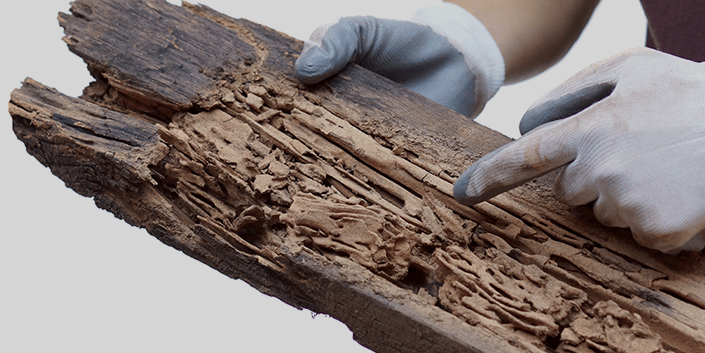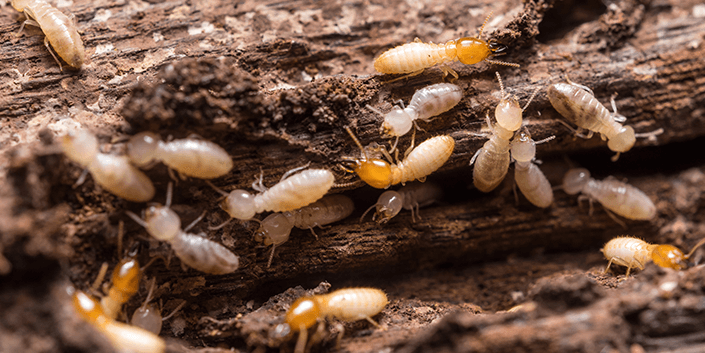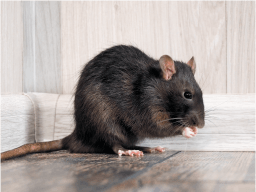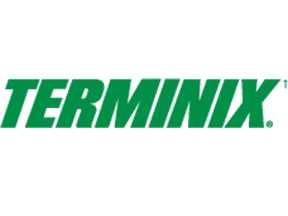The Most Common Termite In The Southeast
Think you may have termites and want to learn more about them? Here, Pest Control Experts tells you all about subterranean termites, the most common termite in the United States.
Schedule Today!
What Are Subterranean Termites?
Subterranean termites have been around for millions of years. They are social insects that live in colonies that are made up of three different castes of insect: workers, soldiers and reproductives. A colony can range in size from 20,000 to 5 million individual insects depending on the maturity of the colony. Subterranean termites are the most common species of termite found in North America and are considered the most economically important wood destroying insects in the United States.
Appearance
The size of a subterranean termite depends on its role in the colony. Worker termites measure one-eighths to three-eighths of an inch in length. They are blind and wingless, have soft bodies and are creamy to grayish- white. Soldiers are the same length as workers and have larger heads that are rectangular, yellowish-brown and include long black mandibles which are used for crushing enemy ants. Both workers and soldiers are sterile. Alates are winged, sexually mature adults that do the reproductive work of the colony. They are larger than other termites, are typically dark down to brownish-black with brownish-gray wings.
Role in the Colony
It is the worker termite’s job to eat wood. They forage for food and water and build and maintain mud shelter tubes. It is their job to feed and groom other termites, to care for the eggs and young of the colony and, occasionally, to help defend the colony. The soldier termite’s primary function is to defend the colony from invaders. They are not capable of feeding themselves and need worker termites to feed them regurgitated food. Soldiers make up only 1 to 2 percent of the colony, however, their population reaches its highest in the spring when temperatures rise.

Ecological Requirements
Subterranean termites require moist environments and usually nest in or near the soil which keeps them safe from desiccation. Due to their moisture requirements, they are often found in wood that has already begun to decay. Not only does soil serve as a source of moisture that protects them from drying up, it helps safeguard them from predators and is often used for shelter tubes.
Feeding
Subterranean termites don’t typically build their nests in wood, which means they must forage for food away from their nests. Termites do not eat all wood species but the condition of the wood is more important than species of wood in determining probability of a termite invasion. Termites prefer to munch on wood that has already begun to decay because in this wood there are decay fungi that begin the process of breaking the cellulose down that make eating wood much easier for termites. Most subterranean termite species eat wood at about the same rate, however, the health of the environment will help determine how much damage termites are able to accomplish. The moister and more protected an environment is, coupled with the amount of decay already underway, determines how quickly termites can do damage to a home.
Control
It is very difficult to execute subterranean termite control in your home on your own, but knowing what to look out for helps you to help your pest control professionals provide the best service for your home. If you notice subterranean termites in or near your home, call Pest Control Experts to schedule an inspection as soon as possible!
Call 855-891-5410














